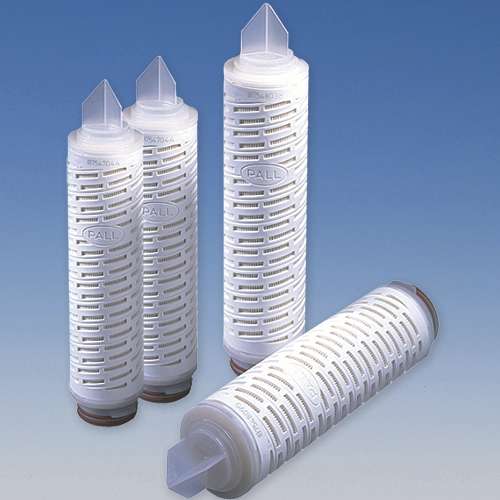Devido à falta de temperaturas de esterilização durante a maceração do café, a produção de café gelado apresenta desafios específicos quando se trata de segurança alimentar. O longo tempo de infusão à temperatura ambiente fornece condições que podem permitir que bactérias formadoras de esporos nocivas, incluindo C. botulinum se desenvolvam. Esta segunda etapa crítica de filtração é essencial para garantir a conformidade do fabricante com os padrões de segurança alimentar de baixa acidez da FDA e para proteger a saúde do consumidor. Embora diferentes métodos de controle microbiano do café sejam populares para a produção de um produto estável em prateleira, as membranas de grau de esterilização final da Pall fornecem uma barreira física para a remoção microbiana, enquanto outros métodos apresentam algumas desvantagens:
- A pasteurização altera ou degrada o sabor devido ao aquecimento
- A adição de acidificação pode alterar o sabor
- Alguns métodos também podem aumentar os custos gerais de fabricação.
Alternativas confiáveis de pasteurização para qualidade de café preparado a frio
Construído a partir de duas camadas de material de membrana de 0,2 µm, o Flurodyne II (fluoreto de polivinilideno, PVDF) e o Fuente II (polietersulfona PES), são projetados para caber em caixas sanitárias e garantir a remoção microbiana eficaz.
Quando instalados em carcaças sanitárias da Pall, esses filtros podem ser vaporizados no local (steamed in place, SIP), sem comprometer a robustez ou o desempenho de remoção. A análise do desempenho do filtro de membrana para qualificar a qualidade do lote acabado pode ser obtida por meio de uma teste de integridade. Isso pode ser executado antes e depois da conclusão de cada lote de filtragem.
Construído a partir de duas camadas de material de membrana de 0,2 µm, o Flurodyne II (fluoreto de polivinilideno, PVDF) e o Fuente II (polietersulfona PES), são projetados para caber em caixas sanitárias e garantir a remoção microbiana eficaz.
Quando instalados em carcaças sanitárias da Pall, esses filtros podem ser vaporizados no local (steamed in place, SIP), sem comprometer a robustez ou o desempenho de remoção. A análise do desempenho do filtro de membrana para qualificar a qualidade do lote final pode ser alcançada por meio de um teste de integridade. Isso pode ser executado antes e após a conclusão de cada lote de filtração.
Para solicitar uma avaliação gratuita do processo, entre em contato conosco.

?$OptimizedPNG$)
?$OptimizedPNG$)